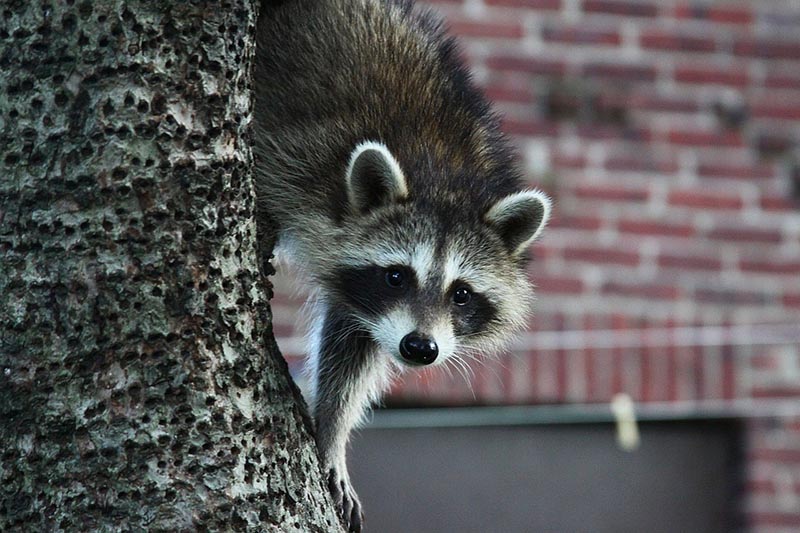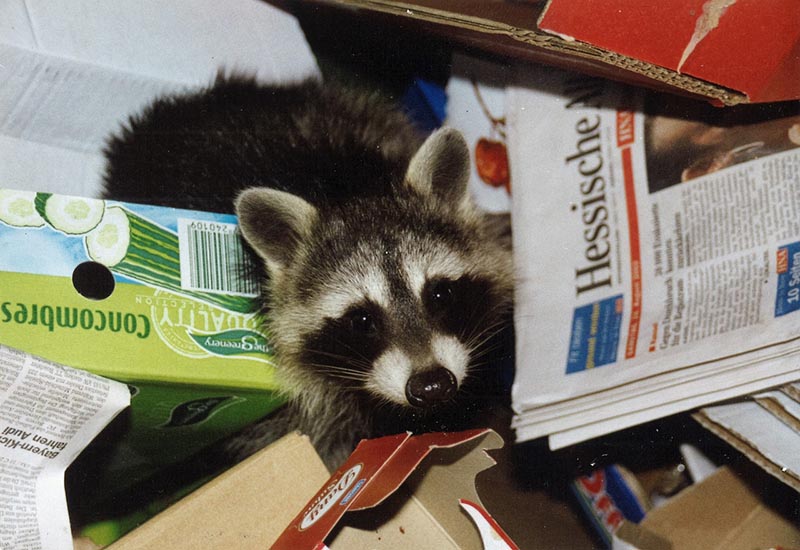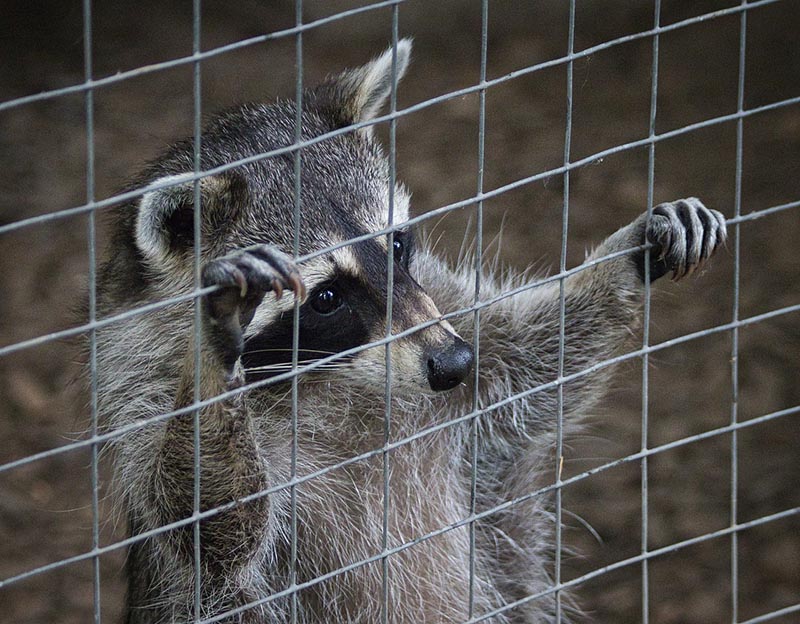How Much Does it Cost to Remove Raccoons From an Attic in 2025?
-
Shea Cummings
- Last updated:

No one wants the hassle of dealing with critters making their home in places they are not welcome. However, part of being a homeowner is dealing with these potential issues as they come up.
Preventing raccoons from getting into the attic is the cheapest and best option. But they are crafty critters, and sometimes, they get past all our preventative efforts, especially if you live in an area with lots of them around.
This article takes a look at the average cost of raccoon removal. It also explores a few things that may affect that cost, and answers a few commonly asked questions.
The Importance of Keeping Your Attic Clean
Whether you have an attic with living space, or just a small area between the ceiling and the roof, it’s important to keep it clean. One of the primary purposes of the attic is to allow air to move freely in the space, which helps regulate the home’s temperature. Additionally, the insulation in your attic must remain undamaged and uncompressed to keep warm air in and cold air out.
What’s the Big Deal With Raccoons?
One obvious reason raccoons cause problems in our homes, especially in areas like the attic, is their destruction of the insulation. However, this is actually a minor issue compared to the significant health concerns they pose to humans.
- Potential injury from an attack on humans and pets.
- Raccoons also carry diseases like rabies or parasites, such as roundworms—both of which can cause serious health problems in humans and other animals.
- Their feces and urine both create airborne hazards throughout the home.

How Much Does Raccoon Removal Cost?
It’s hard to determine precisely what you’ll pay for raccoon removal from your attic, as many factors can affect the price. However, to give you an idea to budget for, the national average sits at around $300 to $700. This would be for manually removing two to three critters, which is a common situation.
If there are only one or two raccoons instead of a nest, the removal expert may be able to use traps and bait. On average, this could save a significant amount and put you in the $150 to $300 range instead.
Many companies service North America, and you can get accurate quotes based on your situation. Orkin and Terminix are two great examples of reputable companies.
What Can Affect the Cost?
Now that we have an idea of the average prices, let’s look at a few things that could affect the overall cost, from repairs to different methods used:
- More than two or three raccoons: Approximately $100–$150 per additional raccoon.
- Professional remediation of any feces and urine to prevent future infection: Varies wildly based on the extent of cleaning needed.
- Repairs: Many things may need repairing, such as wiring, insulation, or the roof. The price will vary greatly, depending on the repairs needed and the contractor used.

What is Involved With Raccoon Removal?
Upon contacting whichever company you want to use, they will likely send someone to first have a look at the job. This professional will determine where the raccoons are, how many there are, and whether they can simply trap and relocate, or if manual removal is required.
Once this is done, the next step is the removal. This could be a fairly quick process, or it may take a couple of days, as the raccoons are trapped.
Sometimes, the real work is once the raccoons are gone. There are typically extensive repairs needed in the attic, especially if the critters have been up there for a while. Plus, the roof or walls where they got in need to be fixed to prevent further issues.
Preventing Raccoon Infestation
In addition to making sure your home is secure to keep raccoons out, there are several things that you can do to discourage them from making nests on your property. Even if the critters nest in shrubs or bushes around your home, they can pose a significant risk to you, your children, or your pets.
- Keep garbage secured in bins—latching them if possible, as raccoons are crafty.
- Secure sandboxes when not in use, to keep raccoons from using them as a bathroom.
- Don’t let bushes and shrubs get overgrown because it encourages them as a nesting area.
- If possible, remove fish ponds or other water sources.
- Ensure that your yard is well-lit during the night with motion-activated lights.
- Use deterrents, such as predator urine.

 FAQs
FAQs
Can I perform a DIY removal?
It’s possible to remove raccoons by yourself. Typically a cage and bait will run you from $50 to $150. However, if there is a nest or dead raccoon, it’s usually better to call a professional. Because of the diseases these critters carry, you may encounter some serious problems if the proper protective equipment and precautions aren’t used.
What are the signs of a raccoon infestation?
Other than physically seeing raccoons coming and going, there are some other signs to watch out for. For example, you may hear scratching, rustling, or squeaking above the ceiling, and unless your house is haunted, this is likely an unwanted critter. Foul smells are another telltale sign. This could be from poop, urine, or even a dead animal in the attic.
How do raccoons get into my home?
A common point of entry is a flimsy soffit. Raccoons will find these loose pieces and squeeze through them. Once they get through the soffit, they can access the entire attic. Additionally, if the roof itself is damaged, the wood can rot and cause holes to open up. This will allow all sorts of things to damage the attic, including raccoons.
Conclusion
Getting rid of raccoons isn’t cheap, especially if they’ve made themselves at home for any length of time. Prevention is the best and cheapest option—so, if you can, consider the above preventative tips.
However, if the raccoons move in, they must be dealt with. If you’re comfortable DIYing the removal, ensure you take precautions and follow the CDC’s guidelines for safety gear.
Featured Image Credit: PublicDomainPictures, Pixabay
Contents

